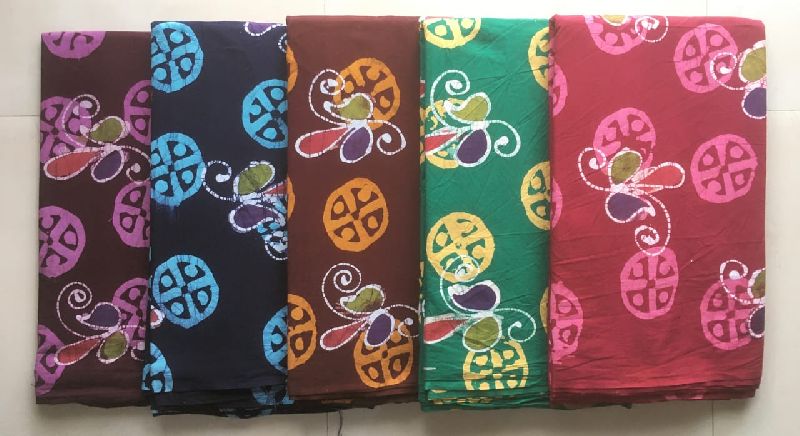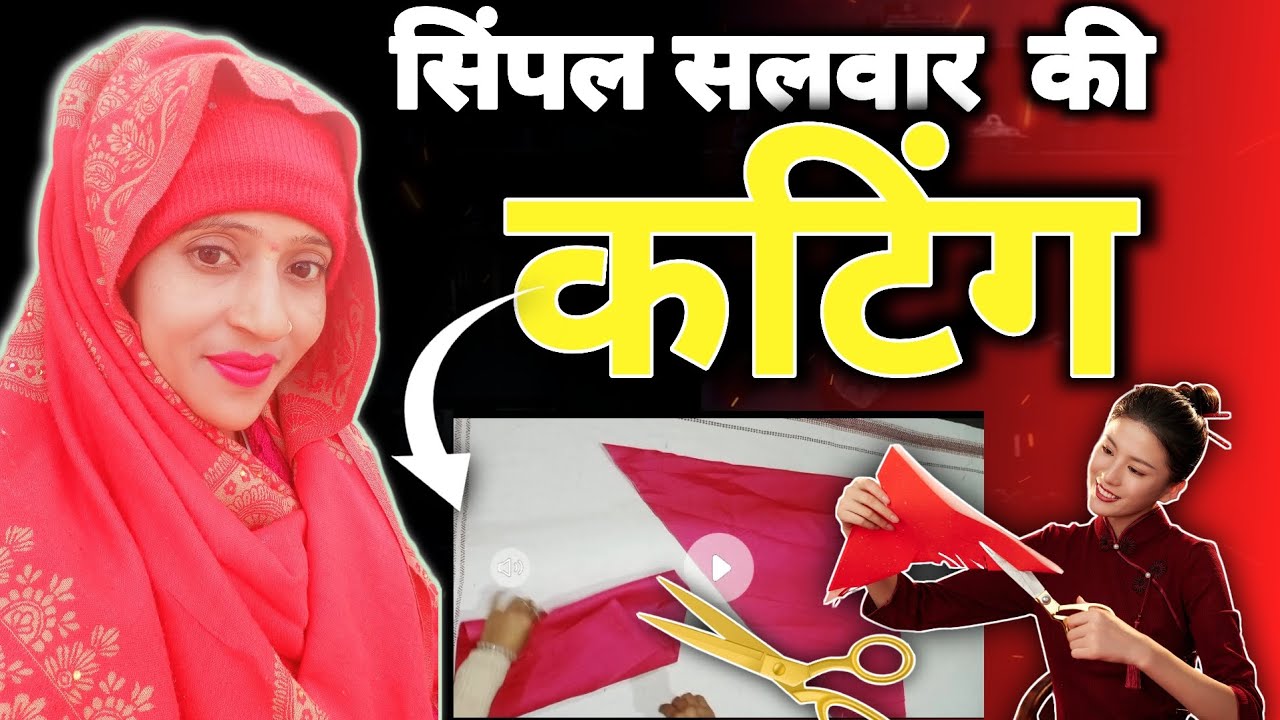Creating your own Lungi Salwar can be a rewarding venture, combining creativity with tradition. This guide aims to unveil the art behind this unique garment, perfect for casual outings or festive occasions. With a bit of guidance and some handy tips, you'll be on your way to mastering this beautiful attire. Whether you're a seasoned seamstress or a curious beginner, let's dive into what makes Lungi Salwar so special.
What is Lungi Salwar?

The Lungi Salwar is a traditional yet versatile piece of clothing primarily worn in South Asia. It combines the comfort of a salwar with the cultural flair reminiscent of a lungi, making it a popular choice among many. Here’s what you need to know:
- Comfortable Fit: The Lungi Salwar enjoys a relaxed silhouette, perfect for everyday wear. It's designed to provide freedom of movement, making it ideal for various activities.
- Stylish Design: This garment can be adorned with beautiful prints, embroidery, or embellishments, allowing for personalization and a unique touch to your wardrobe.
- Cultural Significance: Rooted in tradition, the Lungi Salwar is often associated with cultural celebrations. It serves as a reminder of heritage while being adaptable to modern fashion trends.
- Material Variety: Whether you prefer cotton for warmth or silk for elegance, the fabric used can greatly influence the final look and feel of the Lungi Salwar.
In essence, the Lungi Salwar is not just about fashion; it’s a cultural statement that balances tradition and modernity. With its ease of wear and stylistic options, it’s a must-have for anyone looking to explore South Asian attire.
Also Read This: A Beginner’s Guide to Adding Dailymotion Videos into a Lightbox
Materials Needed for Making Lungi Salwar

Creating a Lungi Salwar is a wonderful blend of craft and tradition. Before diving into the making process, it’s essential to gather all the necessary materials. Here’s a comprehensive list to get you started:
- Fabric: You can choose cotton, silk, or any lightweight fabric that flows beautifully. Cotton is recommended for casual wear, while silk can be used for more festive occasions.
- Measuring Tape: A good, flexible measuring tape is crucial for accurate measurements. You'll need it for both the waist and length of the salwar.
- Scissors: Sharp scissors are a must for cutting fabric without fraying the edges. Go for fabric scissors for the best results.
- Sewing Machine: If you're looking for a quicker method, a sewing machine will save you a lot of time compared to hand sewing. Make sure it’s working well!
- Thread: Match the thread color with your fabric. Cotton thread is ideal as it offers strength and durability.
- Chalk or Fabric Marker: To mark measurements on fabric, use fabric chalk or markers, which can easily wash away. This will help you cut and sew accurately.
- Elastic Band: For the waist, using an elastic band will ensure a comfortable fit, especially when you tuck it in or wear it loose.
- Iron: Press your fabric before cutting to ensure smooth and accurate measurements. An iron will also be handy to flatten seams after sewing.
With these materials in hand, you’re all set to embark on your journey of crafting a unique Lungi Salwar!
Also Read This: How to Wear Hijab Without Pins on Dailymotion: Tips for Easy Styling
Step-by-Step Guide to Making Lungi Salwar
Now that you have your materials ready, let's dive into the step-by-step process of making your own Lungi Salwar. Follow these instructions, and you'll have a beautiful piece in no time!
- Measure Yourself: Start by measuring your waist and the length you desire for your salwar. Don’t forget to add a couple of extra inches for seam allowances!
- Cut the Fabric: Lay your fabric flat and mark your measurements using chalk. Carefully cut the fabric. For a traditional lungi style, you’ll typically have a rectangular piece.
- Sew the Sides: Fold the edges of your fabric inward about half an inch and sew down each side. This will prevent fraying and give it a clean look.
- Prepare the Waistband: Cut a strip of fabric or use an elastic band to create the waistband. If using an elastic band, sew it into the waistband casing to allow it to gather perfectly.
- Join the Waistband: Attach the waistband to the top edge of the salwar by pinning it in place and sewing securely. Make sure it’s even all around!
- Finishing Touches: Give your salwar a good press with the iron to remove any creases, and make any final adjustments.
And there you are! With a bit of practice, making your own Lungi Salwar can become a fun and satisfying project. Enjoy wearing your creation with pride!
Also Read This: Mastering Eyeliner Application Through Dailymotion Tutorials
Tips for Perfecting Your Lungi Salwar
Creating the perfect lungi salwar requires practice, but with a few handy tips, you can elevate your sewing game significantly. Let’s dive right in!
- Choose Quality Fabric: The foundation of any great lungi salwar is the fabric. Opt for breathable materials like cotton or linen for comfort, especially in warmer climates. Remember, the drape of the fabric can significantly impact the final look.
- Measure Accurately: Accurate measurements are key. Take your time to measure your waist, hips, and the length you want. A good tape measure will be your best friend here!
- Master the Pleats: Pleats are what give the lungi salwar its character. Practice making even and precise pleats. It might take a few tries, but getting them right will enhance the overall appearance.
- Experiment with Color and Patterns: Don’t shy away from vibrant colors and unique patterns. Mixing and matching can give your lungi salwar a personalized touch. Just make sure to balance busy prints with simpler pieces in your wardrobe.
- Perfecting the Fitting: After stitching, try on your lungi salwar. Adjust the fit as necessary; a well-fitting garment will not only look better but also feel more comfortable.
- Practice, Practice, Practice: Like any craft, the more you sew, the better you'll get. Don’t hesitate to use scrap fabric for practice before starting on your final piece.
With these tips, you’ll be well on your way to mastering the art of lungi salwar creation!
Also Read This: Ultimate Guide to Using the Dailymotion App for Mobile Users
Where to Watch Tutorials on Dailymotion
If you’re eager to enhance your skills further, video tutorials can be incredibly helpful. Dailymotion is a treasure trove of educational content, including detailed lungi salwar creation tutorials. Here’s how you can make the most of it:
- Search Specific Keywords: Start your journey by entering keywords such as “Lungi Salwar Tutorial” or “How to Sew Lungi Salwar” in the Dailymotion search bar. This will yield a variety of videos catering to different skill levels.
- Follow Popular Creators: Look for channels that specialize in traditional clothing tutorials. They often have a series of related videos that can deepen your understanding of the craft.
- Check the Comments Sections: Don’t underestimate the value of user feedback! The comments often contain additional tips, tricks, or answers to common questions that could support your learning process.
- Bookmark Useful Videos: While browsing, save or bookmark videos that you find especially helpful. Creating a playlist of tutorials can make it easier to return to them later.
- Engage with the Community: Dailymotion often allows for user interaction. Don’t hesitate to ask questions or share your progress with others in the comments section. You’ll find that the sewing community is usually very welcoming and supportive.
So grab your fabric and let the digital world guide you to sewing success with lungi salwar!
Mastering the Art of Lungi Salwar Creation
The Lungi Salwar is a stunning representation of cultural heritage and modern fashion, blending comfort and style in a unique way. This traditional garment, originating from South Asian regions, has transcended its ethnic boundaries to become a global favorite. Creating a Lungi Salwar involves understanding its components, materials, and crafting techniques.
To master the art of Lungi Salwar creation, one must start with the essential components:
- Fabric Selection: Choose breathable fabrics like cotton, silk, or polyester. Cotton is ideal for casual wear, while silk offers an elegant touch for formal occasions.
- Measurements: Accurate measurements are crucial. Key dimensions include waist, hip, and the desired length of the salwar.
- Design: Consider the style, such as straight-cut, palazzo, or Anarkali, and choose embellishments like embroidery, lace, or prints.
Here’s a simple step-by-step table to guide you through the creation process:
| Step | Description |
|---|---|
| 1 | Gather materials: fabric, thread, scissors, measuring tape, and sewing machine. |
| 2 | Take accurate measurements and cut the fabric accordingly. |
| 3 | Sew the sides together to form the salwar shape. |
| 4 | Add an elastic band to the waist for comfort. |
| 5 | Finish edges with appropriate stitching techniques. |
| 6 | Embellish as desired and make final adjustments. |
In conclusion, mastering the art of Lungi Salwar creation requires practice, a keen eye for design, and dedication. By following the right steps and utilizing quality materials, anyone can create exquisite Lungi Salwars that celebrate tradition while expressing personal style.
 admin
admin








